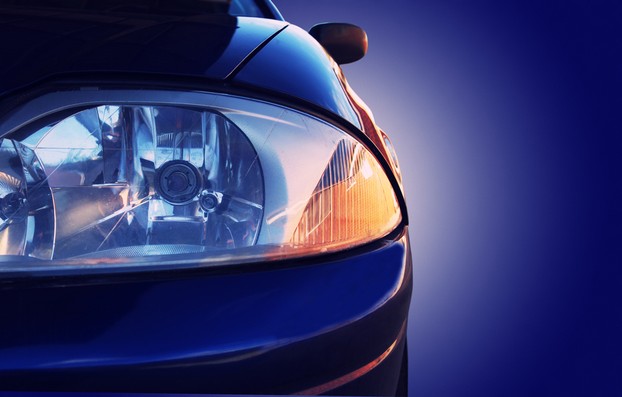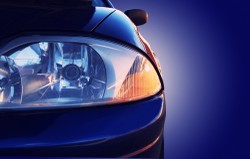Many people find this unsightly and it is definitely something to take care of if you are planning to sell your car. In extreme circumstances, it could even obscure your vision at night, creating a dangerous situation.
As long as the problem is on the outside of the lens, this can be fixed. Moisture on the inside of the headlight has a different cause and may require replacing the lamp.
Fortunately, restoring a foggy headlight is usually possible. And while you can take the car into a shop to have it done, this is something that can readily be done at home by the car owner. There are a number of methods to tackle this problem, some better than others.




 10 Things You Need To Have Clean and Spotless Clotheson 10/28/2021
10 Things You Need To Have Clean and Spotless Clotheson 10/28/2021
 10 Business Ideas For Newbies That Will Thriveon 10/27/2021
10 Business Ideas For Newbies That Will Thriveon 10/27/2021


Comments